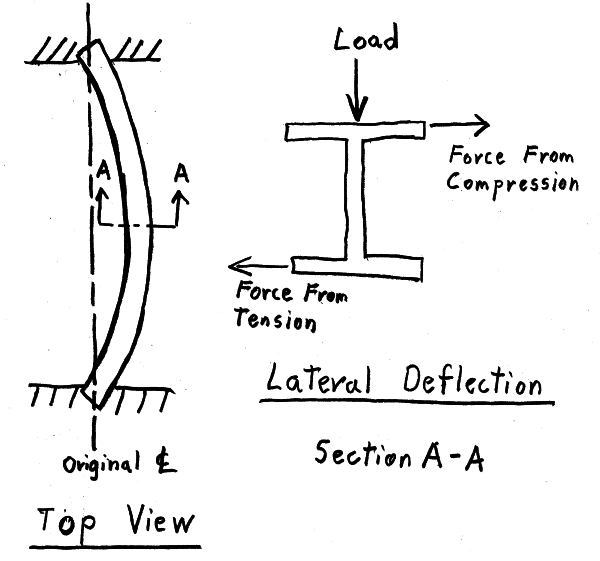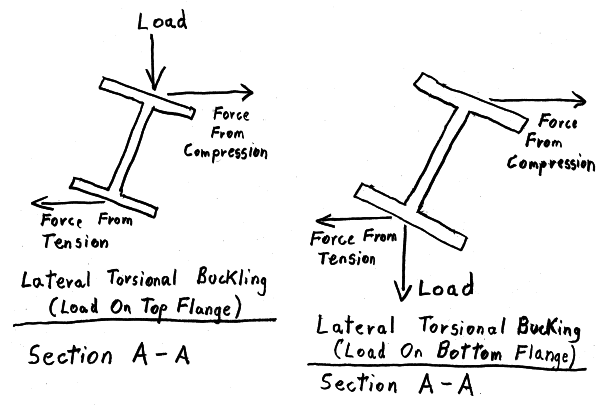BMart006
Structural
- Mar 20, 2017
- 61
I am trying to understand the difference between lateral and torsional bracing, and why beams framed to the centroid (or near-centroid) of a girder (2L shear connections) may not count for decreasing my Lb. I've read through Yura's article "Fundamentals of Beam Bracing" but it did not provide much of an explanation of when each type is needed. The end goal is to determine how to size lateral bracing appropriately. Any help is greatly appreciated.



![[idea] [idea] [idea]](/data/assets/smilies/idea.gif)
![[r2d2] [r2d2] [r2d2]](/data/assets/smilies/r2d2.gif)